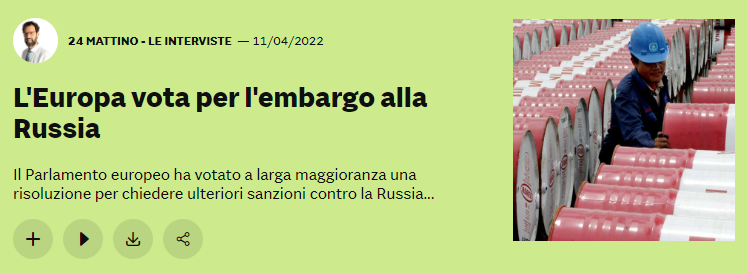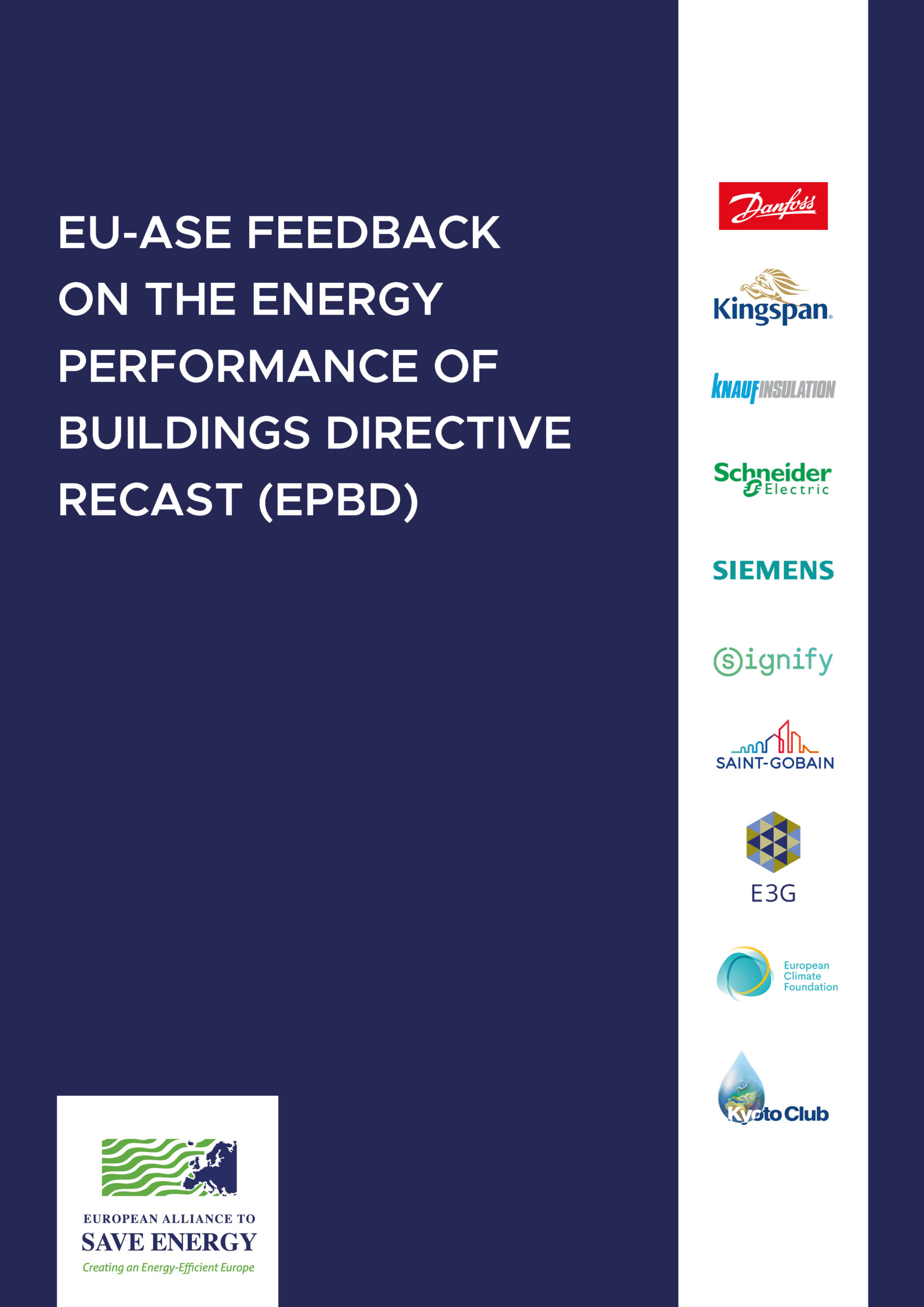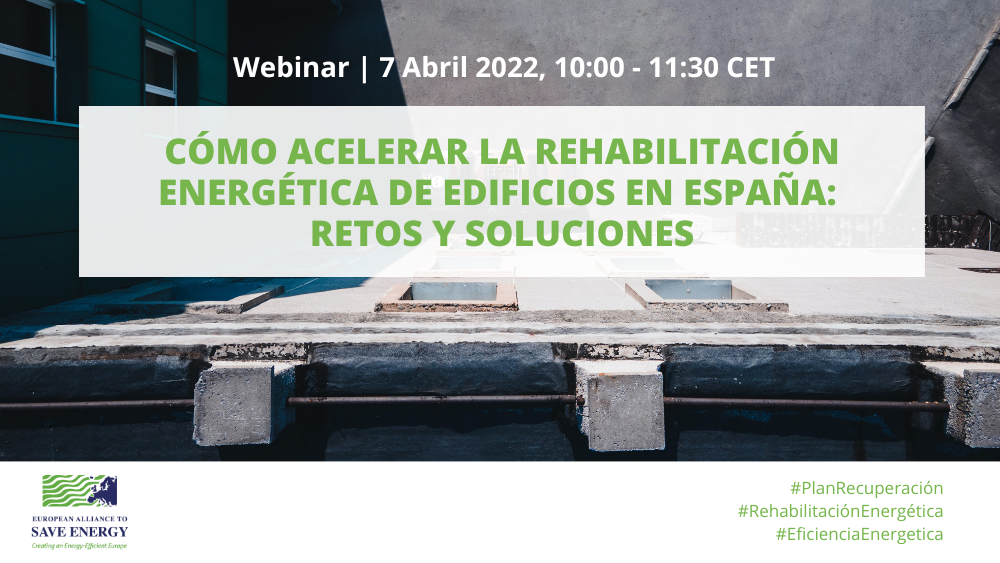Fossil fuels used for heating and cooling are responsible for 12% of the total EU CO2-equivalent emissions and for 28% of the yearly EU energy consumption. Furthermore, as shown by the latest figures released by the Coolproducts campaign, only about 17.3% of the heating appliances installed in European homes are powered by electricity or use clean technologies.
The EU Copernicus Climate Change Service has demonstrated how close we are to reaching a global warming of 1.5°C, foreseen now for February 2034. In the IPCC Climate Change 2021: the Physical Science Basis report, it is noted that while strong and sustained reduction in emissions of carbon dioxide (CO2) and other greenhouse gases would limit climate change, it could take 20-30 years to see global temperatures stabilise. Even with a carbon-neutral planet in 2050, global temperatures would stabilise no earlier than 2070.
Technologies to replace gas, oil and coal boilers have been there for years, manufacturers are ready and consumers are in favour of the switch.
The International Energy Agency’s ‘Net-Zero by 2050’ argues that if the world is to achieve net-zero emissions by the middle of this century, no new fossil fuel boilers should be sold from 2025 onwards.
EU decisionmakers should include this ban in forthcoming EU legislation. With the continued installation of fossil fuel boilers in European buildings beyond 2025, the risk that they will still be in place in 2050 is almost certain, thus undermining the EU climate neutrality goal.
by Sergio Andreis
Director of Kyoto Club





